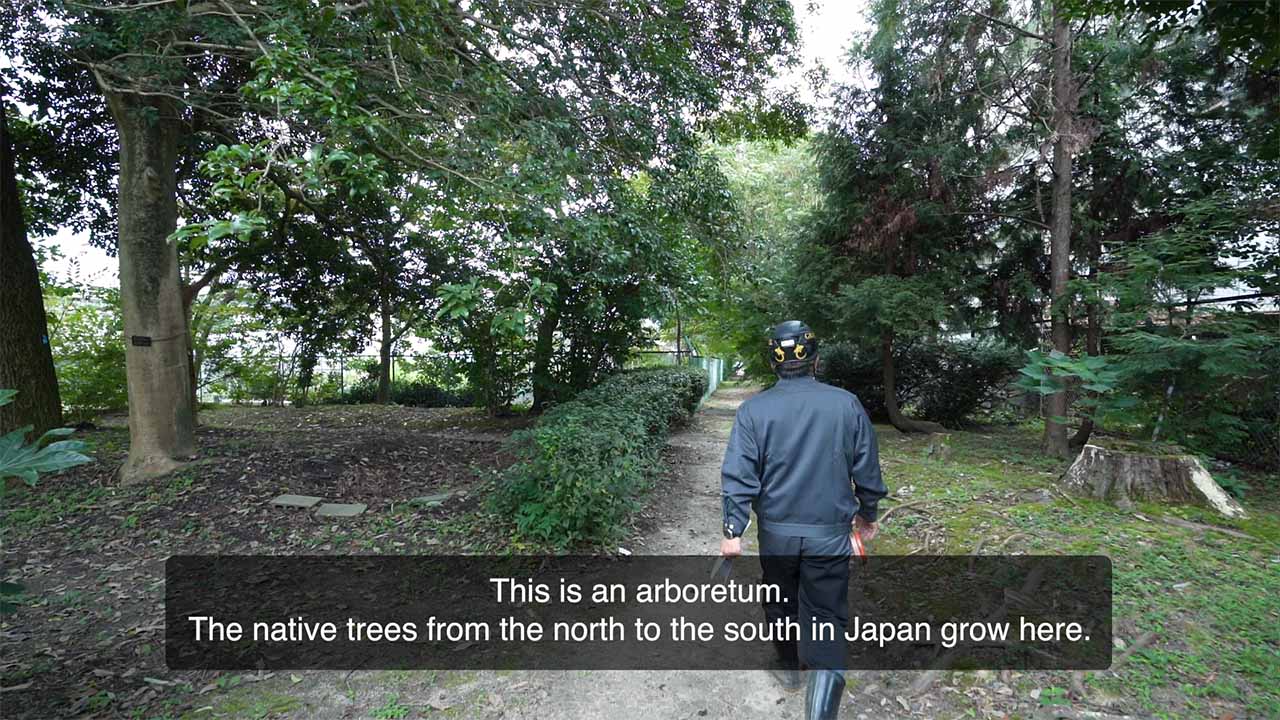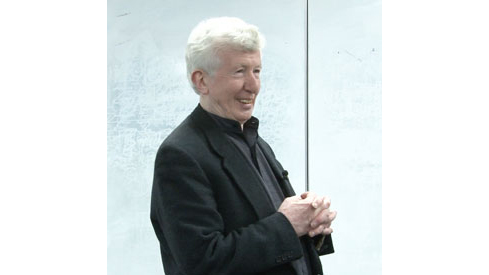Art, Culture and Technology 2014
NEURO BABY “MIC”2000 Naoko Tosa
Course Description
We will discuss several serious issues, starting from the topic of art and technology, proceeding to the topic of culture and technology, and finally reaching to the topic of the new world based on the integration of these different concepts where both creators and viewers can reach deep mutual understandings. When we talk about art that achieves this mutual understanding, we have to admit that cultural issues would play a major role there. We can call the 1970’s and the immediately following decades as the era where the relation between art and technology was the main topic. Now, in the early era of the twenty-first century, we should consider the relationship between culture and technology, in other words, culture in the Internet era.
Each specific culture is strongly related to its region and race. Therefore, it is necessary to actually live there to really understand the culture specific to each place. At the same time, humans have been trying to realize virtual experiences of such ways of living by utilizing strong computing technology and by introducing sophisticated interaction technologies. Based on this, it would become possible for technology to clarify what culture is and, on the other hand, cultures could push technology forward. As a result, we are now approaching the stage where technologies could extract structures that hide behind each culture and try to realize communications among different cultures.
In the twenty-first century, in the area of computer technology, the basic trend involves us moving from the era of calculation, database processing, information processing, etc., to the era of addressing culture, expressing culture, handling types and structures behind several cultures, and, as a result, letting people understand different cultures at a spiritual level. In other words, I can say that we are getting into the era of Cultural Computing.
-

- NEURO BABY “MIC”2000
-
Naoko Tosa
Mar. 14, 2008 06:50 English
-

- NEURO BABY Internet
-
Naoko Tosa
Mar. 13, 2008 04:14 English
-

- Interactive-poem
-
Naoko Tosa
Mar. 13, 2008 03:55 English
-

- Interactive Computer Theater ~Romeo & Juliet in Hades~
-
Naoko Tosa
Mar. 13, 2008 06:46 English
-

- Unconscious Flow
-
Naoko Tosa
Mar. 13, 2008 06:11 English
-

- Interactive MANZAI
-
Naoko Tosa
Mar. 13, 2008 06:01 English
-

- Cultural Computing ~ZENetic Computer~
-
Naoko Tosa
Mar. 13, 2008 15:45 English
-

- i.Plot
-
Naoko Tosa
Mar. 13, 2008 06:15 English
-

- Hitch Haiku
-
Naoko T
Mar. 13, 2008 05:59 English
-

- (Art Documentary)Philosopher of nothingness: From ZEN Buddhism made Japanese philosophy
-
Naoko Tosa
Jun. 17, 2016 11:13 English
-

- (Art Documentary)Creative human : From Eastern thinking to theoretical physics
-
Naoko Tosa
Jun. 17, 2016 12:36 English
-

- (Student works 2013)Four Seasons
-
KYOKO (Annika Vellonen, Francis Ahn, Lee Seung A)
Aug. 20, 2014 01:15 English
-

- (Student works 2013)Four Seasons
-
TeamA (Ian Carbone, Tran Duc Quang)
Aug. 20, 2014 01:14 English
-

- (Student works 2013)Four Seasons
-
Fa and Bloem (Anne Mouton, Heki Wong, Barbara Starink )
Aug. 20, 2014 01:28 English
Details
- Year/Term
- 2014
- Faculty/
Graduate School - General Education
- Language
- English
- Instructor name
- Naoko Tosa(Ph.D.)
Syllabus
| Outline and Purpose of the Course | We want to introduce and discuss the still-unveiled possibilities of Cultural Computing which would express, in the interactive way, such substantial cultural issues such as sensitivity, memory, spirituality, storytelling, racial characteristics, etc., that have not been addressed in computer science and engineering so far. There are various possibilities in this area. From an artistic point of view, Cultural Computing can go beyond the present day media art by treating cultural issues described above. From the viewpoint of technology, it would open a new area in computer technologies, which so far has only been addressing the digitization of cultural heritages/contents for the purpose of preserving them. The digitization of cultural issues would make it possible for people to understand different cultures,bridging the gaps between time and space, consequently creating new cultures. We particularly examine Japanese culture, although it is only a small subject of computing. 1. Japanese tastes for simple and quiet surroundings (WabiSabi) 2. Relations between Japanese and Asian cultures 3. Assuming the separation of Buddhism and Shintoism as a basis of Japanese cultural structure 4. Peculiar features of Japanese literature such as the 31- syllable poem, Haiku poem, and Noh play 5. Japanese designs (crests, textile, color, form, Noh play and Kabuki) 6. Understanding the depths of feeling and culture from communication through computers |
||
|---|---|---|---|
Tag
Related Courses
 Public Lecture
Public Lecture
Hiroki Yamauchi
General Education, Field Science Education and Research Center
2021 Course
Course
Hiroaki Fujii
General Education, Field Science Education and Research Center
2021 Course
Course
John Robert CLAMMER
General Education
2019 Course
Course
Prof. Toshihiro Nakamura
General Education, Institute for Liberal Arts and Sciences
2018
